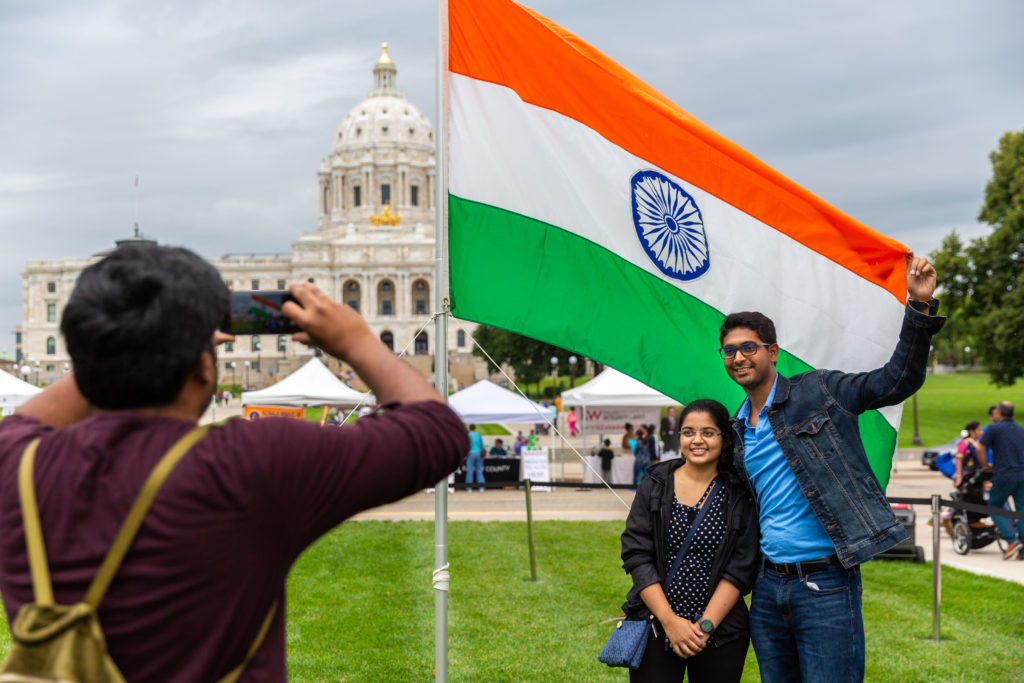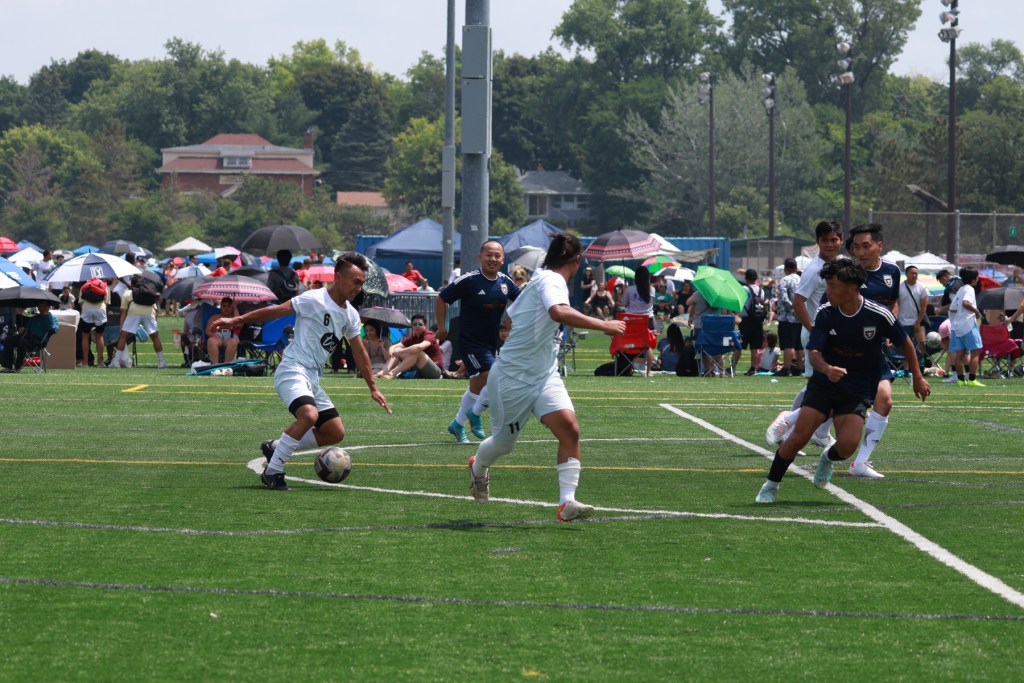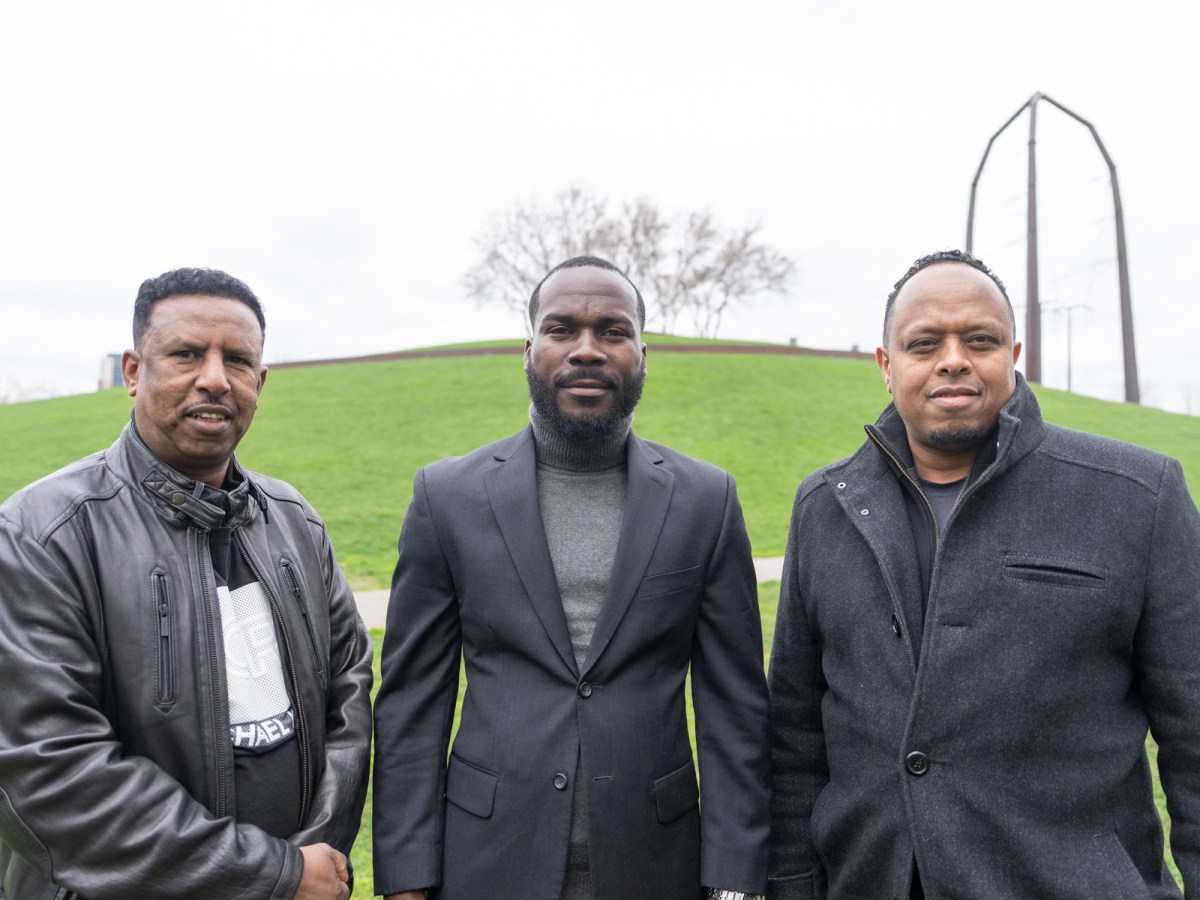Recently released data on Minnesota’s diverse Asian population showed that the group as a whole had the highest median household income of all races in the state, yet still experienced poverty at above-average rates.
The poverty rate in 2022 among Asian residents—11.8 percent—is higher than the state average of 9.6 percent, while the annual median income for Asian households topped all racial categories in Minnesota at more than $93,000.
That left Sahan Journal reader Danielle Lor Vang puzzled. How could Minnesota’s Asian community simultaneously experience the highest median income and a higher-than-average poverty rate, she asked.
“I do not feel confident that these numbers accurately represent my Hmong community, but I could be wrong,” Vang wrote to Sahan Journal.
Vang isn’t wrong, even if the data is still accurate.
“It seems strange, but it’s correct,” State Demographer Susan Brower said of the data.
Sahan Journal recently reported on the data, which was released by the U.S. Census on September 14. The data, among many other analyses of the state’s population, came from the agency’s yearly American Community Survey, which surveyed 63,000 Minnesota residents about the state of their lives in 2022.
The Asian median household income is being driven up by Minnesota’s Indian American community, according to other data from Brower’s office.
The Minnesota State Demographic Center released a report earlier this year called the Economic Status of Minnesotans 2023, which disaggregates racial data from the Census’ earlier reports into ethnicities like Indian, Hmong, Vietnamese, and Chinese to give a clearer picture of how different ethnic groups are faring in different areas.
The report analyzed data from the American Community Surveys from 2016 through 2020, and looked at median household income by ethnic group. Researchers found that Indian households in Minnesota made a median income of more than $120,000 per year, the highest of any Asian ethnicity.
The second highest was among Chinese residents, who made a median yearly income of nearly $84,000. Vietnamese households followed at $83,000, while Hmong households came next at $74,000. Korean households followed at $69,000.
While Hmong households earn less than half of Indian households, the Hmong population in Minnesota is the state’s largest Asian ethnic group. The Hmong population is nearly twice as big as the Indian population—about 87,000 people compared to 45,000, respectively.
Brower said the mix of high earners in the state’s Indian community and low incomes in Minnesota’s comparatively larger Asian refugee communities mean that household income and poverty rates within the broader Asian community “don’t really move together in the same ways.”
“It’s just the combination of having these really different cultural groups within the Asian category, and also having an income distribution where you have really high earners and a cluster of people right around the poverty line,” Brower said.
The federal poverty line, which is used in the Census report, is the equivalent of a family of four with an annual household income of $30,000 or less.
The state demographer’s report also showed that the annual median income between 2016 and 2020 for individual earners—not households—was $91,100 for Indian individuals and $38,900 for Hmong individuals.
Minnesota’s Indian community
The first big wave of Indians immigrating to Minnesota began in the 1960s, propelled by President Lyndon Johnson’s signing of the Immigration and Nationality Act of 1965, which ended immigration quotas.
Indians who came to the United States at this time often moved to pursue advanced education degrees and professions, said Zafar Siddiqui, an information technology specialist who advocates for Minnesota’s Indian American community.
“If you look at the world’s top universities, most of them are in the U.S.—Harvard, MIT, Berkeley, Stanford,” Siddiqui said. “India has so many higher education pursuers and graduates and doesn’t really have all the opportunities for them. The U.S. has cutting edge research opportunities, so sky’s the limit.”

Siddiqui came to the United States from Hyderabad in Southern India in 1991 to pursue a master’s degree in computer science at the University of Louisiana at Lafayette. A job opportunity at IBM led him to Minnesota two years later, and he’s lived here ever since.
“India produces so many engineers and people connected with science and technology,” he said.
Siddiqui raised four children in the Twin Cities’ north metro, where he settled so they could attend Al-Amal School in Fridley. Many Indian Americans settled in the west metro for the same reasons, he said.
Tanwi Prigge, president of India Association of Minnesota, referred to these findings for Minnesota’s Indian community as “a momentous occasion,” especially for people from a colonized country that gained independence from the British just 76 years ago.
“It is an extremely proud thing for our community,” she said. “We work very hard.”
But she also noted that opportunities for the state’s Indian community grew out of victories and accomplishments from the Civil Rights era of the mid-20th Century.
“We are a brown community that has made huge strides in this country on the backs of Black Americans,” she said.
Because of this, she said she believes Indians Americans in Minnesota have an obligation to give back to underserved communities here, including Asian Americans from refugee communities.
“Let’s create the next generation of philanthropists,” she said. “Let’s create the next generation of donors.”
Minnesota’s Hmong community
Census data is typically used by federal governments, state governments, nonprofits, and lawmakers to craft policy. So when Hmong advocacy groups push for policies aimed specifically at helping the state’s Hmong community, the overly broad racial categorizations in Census data can be a burden, said a local community leader.
“Policymakers look at Asian Americans as a whole and say, ‘Hey, they’re doing well,’” said May yer Thao, president of Hmong American Partnership, a St. Paul-based nonprofit that provides social services to the community. “That’s where we’re negatively impacted.”

Hmong people typically identify as Southeast Asian, Thao said, and many Southeast Asian groups came to the United States as refugees fleeing war or civil unrest, which she said is a big difference from other Asian groups that chose to immigrate here for other reasons.
“You’re coming to the country with no power, no educational attainment, and barely anything to survive,” Thao said. “That’s the difference between immigrants and refugees.”
Thao also criticized the most recent 10-year Census data, which is different from the yearly American Community Survey, for categorizing Hmong people as East Asian, which she said is inaccurate. She and several other organizers and state lawmakers are pushing the Census to change the categorization of Hmong people to Southeast Asian in future reports.
While Hmong people are believed to have originated in China and many still live there today, Hmong Americans mainly came to the United States from Southeast Asian countries after the Vietnam War ended in 1975—long after many East Asian immigrant communities had established themselves. The Hmong have lived throughout Southeast Asia for at least several hundred years.
When Hmong American Partnership pushes for Hmong-specific policies, Thao said, it often uses older demographic data that breaks down Asian communities by ethnicity. This includes data from the 2010 Census, which is now more than a decade out of date.
“We’re relying on older data because we just don’t have enough research done in our communities,” she said.
That said, Thao also emphasized that many lawmakers in Minnesota know that the state’s Asian communities don’t all fall under one big umbrella.
Her organization, for example, successfully pushed this last state legislative session for workforce development for Minnesota’s Southeast Asian workers. Lawmakers ended up approving $2 million for the cause, which will go to training and providing career pathways for Southeast Asians in the state.






